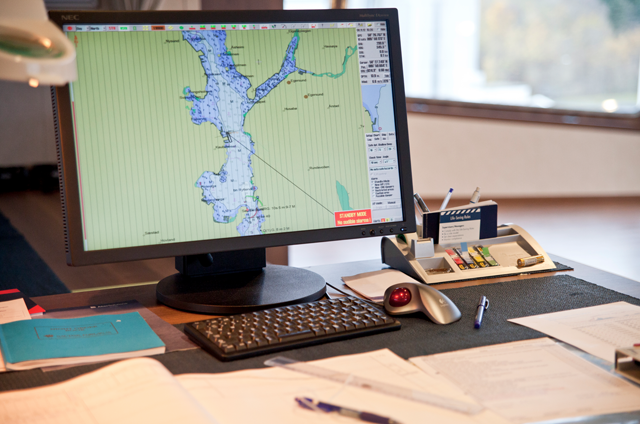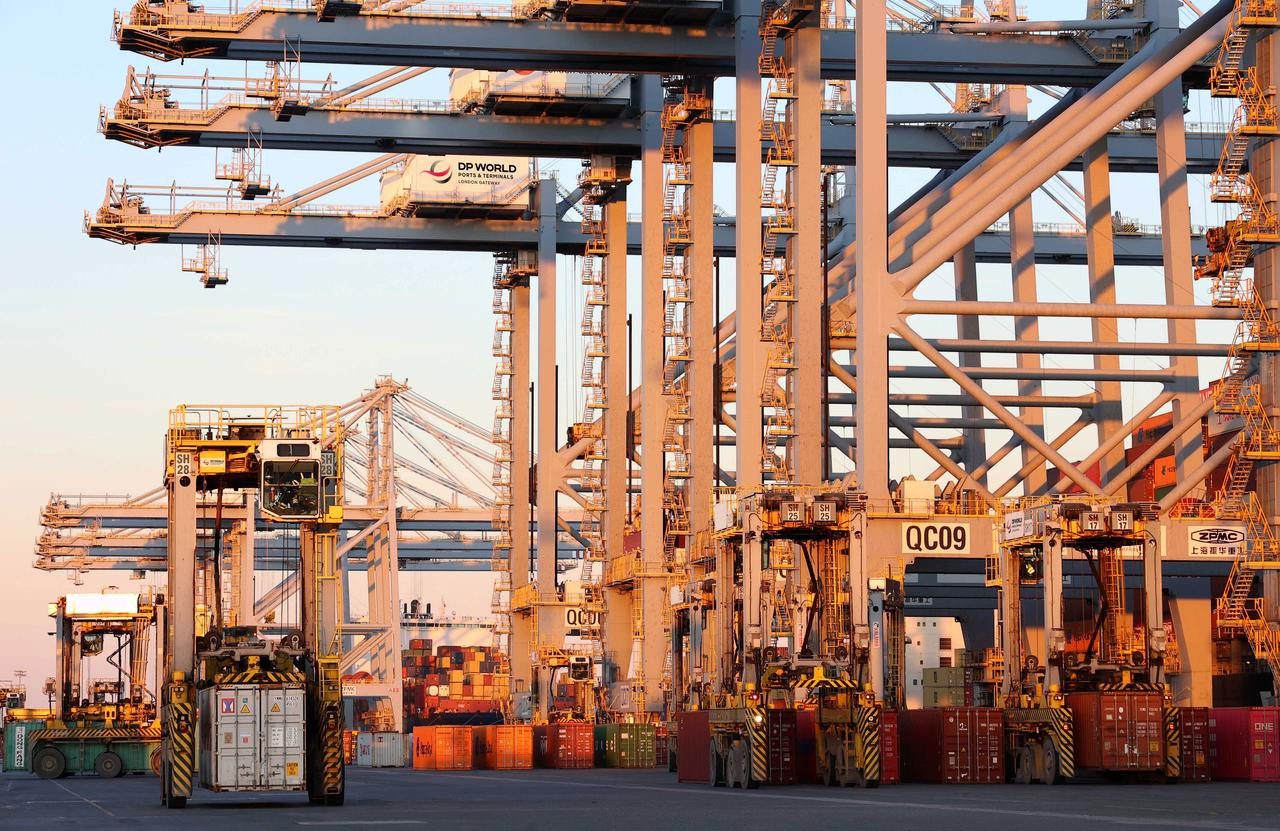
By Kevin Reeder,
The maritime industry’s promise to ensure maximum availability of Electronic Navigational Charts (ENCs) to mariners is close to fulfillment. A universal distribution practice is the missing link however.
Hydrographic data available in a common digital format opens up a world of opportunities for the shipping industry, however the transition from analogue to digital has challenged the hydrographic community and industry bodies to assume new responsibilities and adopt new business models.
Beyond the ECDIS mandate itself, three things have been crucial for increasing the take-up of ENCs amongst seafarers:
- Coverage
- Availability
- Distribution
National, transnational and public-private efforts to produce and update ENC data mean that global coverage is fast becoming a reality. New data conversion, distribution and licensing technology have slowly been accepted by Hydrographic Offices (HOs) around the world and eagerly adopted by mariners.
The next vital step according to many industry insiders is to ensure that all ENCs can be accessed simply and reliably through any of the existing supply channels, be they HOs, RENCs or commercial distributors. The idea of a “level playing field” for ENC distribution is nothing new, being at the heart of the IHO’s World-wide Electronic Navigational Chart Database (WEND) concept.
Level the Field
The fact that some industry players have not honored this principle – through restricting the distribution of some ENCs – has produced de facto ENC gaps and a monopoly situation.
Michael Bergmann, Jeppesen Director Maritime Industry Affairs, explains:
“There is a discrepancy between ENC availability and ENC accessibility; when a collection of ENCs is only accessible through a single supplier, this undermines the industry’s goal of supporting safe navigation. Any HO or chart supplier that limits access to available ENCs is in conflict with the ECDIS mandate and at odds with the general UN and EU principle that monopolistic situations should be avoided.”
Clearly, no international organization can support a situation where there’s only one supplier of legally mandated equipment – in this case ENCs onboard a ship. This problem is being addressed by a broad coalition of industry bodies aiming to achieve a more equitable practice in the foreseeable future.
Industry Takes Action
At the ECDIS anomalies workshop organized by the IMO and hosted at IHO HQ in London last October, 36 representatives from port control authorities and industry bodies supported a recommendation to bring the issue up at the IMO Maritime Safety and Safety of Navigation committees in 2013. They propose that the IMO recommends or resolves all its member states make ENCs widely accessible to all.
So, does the industry as a whole subscribe to the idea of a “level playing field” for ENC distribution?
Former head of external relations at the French Navy HO (SHOM) and now business operations specialist at Jeppesen, Celine Roux comments:
“I believe the companies that base their business on intelligent and reliable value-added services are probably in favor of unlimited access to ENC data. However, those that are using coverage as their primary sales pitch would soon run out of business.”
Norwegian Hydrographic Service director, Evert Flier adds, “The industry as a whole subscribes to the idea of unlimited access to ENC data; this is not just a Norwegian viewpoint. Parity for distributors is also of keen interest to the mariner as it enables innovative solutions at competitive prices.”
“There are still some countries that for various national reasons do not make their data available as part of WEND, but prefer to deal directly with individual chart distributors, much as they have done with paper charts in the past,” notes IHO president, Robert Ward. “This is a transitional phase because it does not address harmonization requirements at the ENC producers’ level.”
Gap Analysis
Although there are various reasons for ENC data gaps on a ship’s ECDIS there are three main gap types:
Type 1 – no ENCs exist
Type 2 – ENCs exist but not in all scales
Type 3 – ENCs exist but have been released only partially to a RENC or an exclusive distributor.
Few type 1 & 2 gaps still exist in areas of navigational interest. Type 3 gaps are more common. Some HOs reserve distribution of their ENCs to one exclusive private distributor, only provide a subset to the RENCs, or are not members of a RENC.
Whereas gaps types 1 & 2 are continuously addressed by HOs, analyzed by IHO Member States through the WEND working group, and reported regularly to the IMO, it seems that type 3 gaps have not been thoroughly considered. Luckily, for mariner safety and environmental protection, international awareness is currently being raised.
So why do some HOs fail to support internationally agreed principles like WEND?
In some countries ‘retreating government’ policies lead HOs to part finance their activities through commercial data sales. Some HOs act like private-sector companies to fund their ENC production. Some possess two conflicting missions: one as governmental regulator, another as market actor.
Whatever the reasons, this creates confusion between core HO tasks and competitive services as well as restricting data access, distributor and endâ€user options and innovative solutions for mariners.
Evert Flier underlines that the Norwegian Hydrographic Service has a proactive dialogue with industry and customers to ensure access to chart data. “Chart suppliers should not compete on access to charts, but on the price, the service and the value they add. HOs should provide updated ENCs; it is up to the market to produce value-added products. HOs and the private sector should cooperate to serve different parts of the value chain.”
HOs & RENCs Rally
Michael Bergmann says that responsive HOs are also rallying to the call for wider distribution through RENCs and other channels, which he considers “a welcome move in the right direction”. Andy Norris agrees, “In my personal opinion, ENC data from an HO should be made available to all IHO approved RENCS with the same terms and conditions.”
The RENCs – without which shipowners and distributors could need to sign dozens of agreements with individual HOs – are born of a grand vision, explains Robert Ward: “Data passed through the RENCs will form the basis of a virtual collection of the world’s ENCs that can be distributed through commercial channels.”
Join a RENC!
As a hydrographer, Celine Roux strongly encourages HOs to join a RENC and make all their ENCs available there, but also wants the RENCs to enhance and align their business models, guided by the IHO. Evert Flier admits that the original IHO WEND idea (RENCs dotted strategically around the world with collective distribution agreements) may be less relevant with today’s technology, but asserts that RENC distribution is being “harmonized so end-users get similar products and pricing,” and that PRIMAR and IC-ENC have come a long way in the process.
This is good news for the shipping community, not least for ECDIS providers such as Sperry Marine. “We and other distributors want a simple system for our customers: We don’t want to deal with many hydrographic offices around world; we want ensured chart quality and harmonization,” says Hans E. Rasmussen, Sperry’s global business development director.
A seamless global ENC service will only be achieved through broad and genuine international co-operation. Thankfully, the global hydrographic community, the IMO and leading industry players are now teaming up to level the field.
500th EDITION OF the JEPPESEN ENC DATABASE
In September 2012 Jeppesen released the 500th edition of its ENC database. Because the accuracy of ENC data is critical for safe navigation, Jeppesen has updated the entire database every week since it was launched in 2002.
Insight on access to ENCs: http://e1.no/8enc
Kevin Reeder is a versatile professional communicator – editorial consultant, corporate storyteller, journalist, copywriter and coach – with twelve years experience of corporate communications.

 Join The Club
Join The Club












